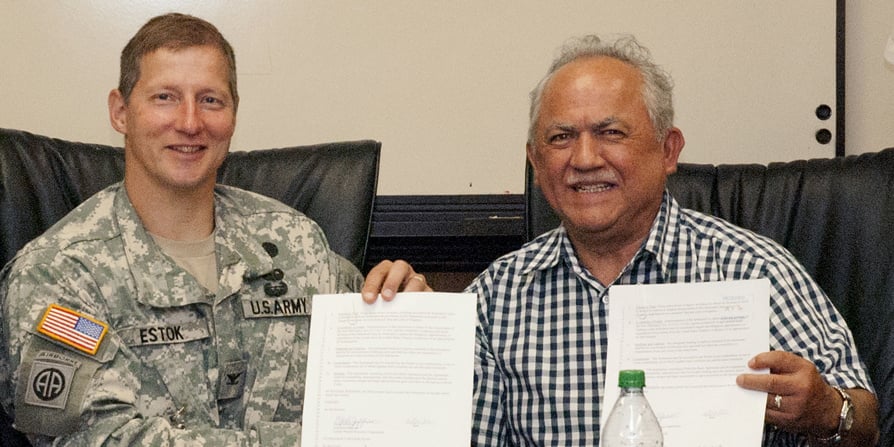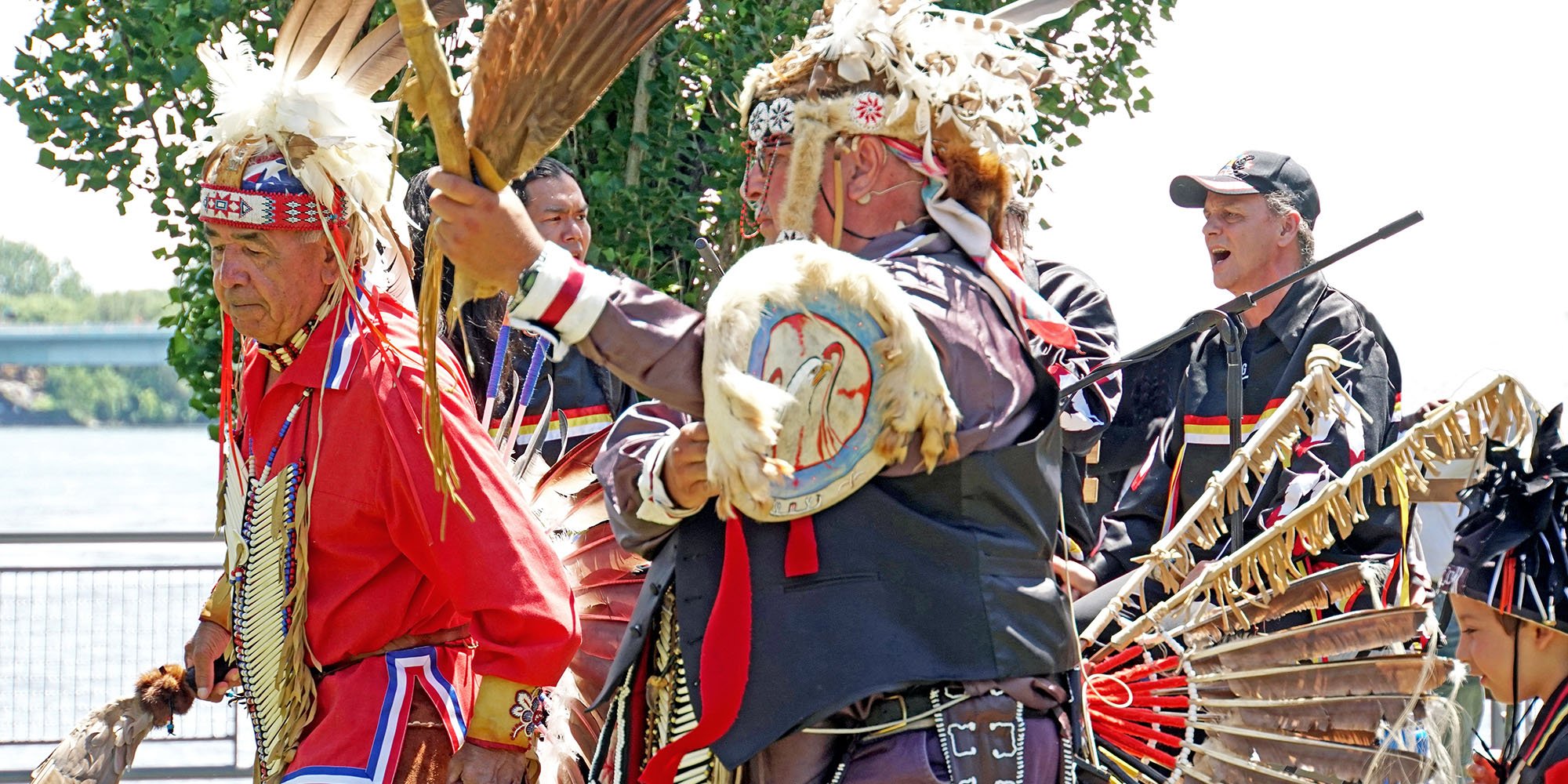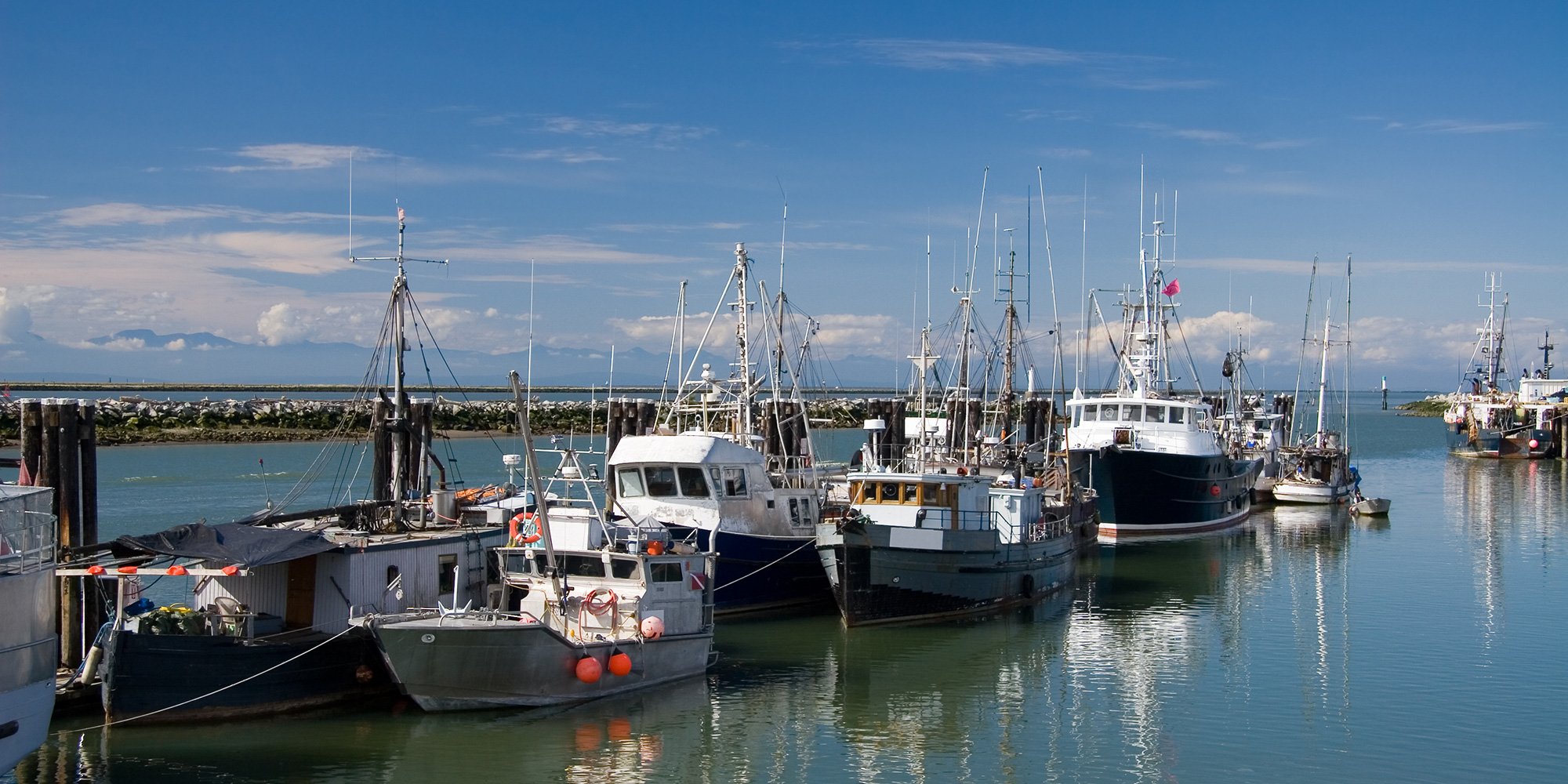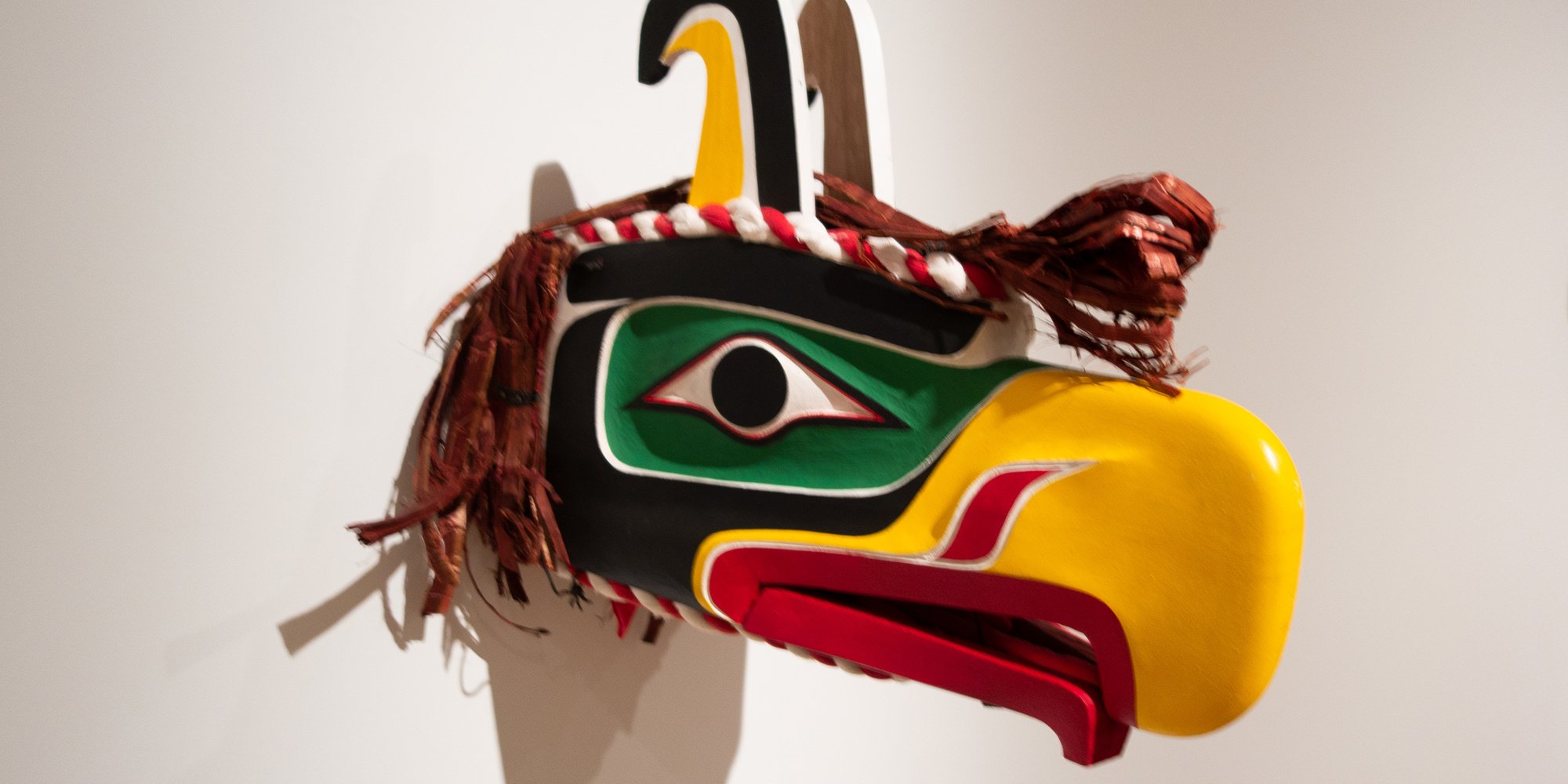National Aboriginal Day or National Indigenous Day
The implications of choosing Indigenous are significant. In October 2015, Prime Minister-designate Justin Trudeau used the term Indigenous in his ...

As June 5 is Canadian Forces Day we thought it would be timely to provide some history of Aboriginal enlistment in the Canadian Forces (CF) and why the military faces challenges in terms of its image with Aboriginal peoples.
Aboriginal people in Canada have a long, storied, and complicated history of serving in the army, dating back to the War of 1812. During World War II just over 3,000 status-Indians enlisted, and this despite the treatment of Aboriginal veterans upon returning home from serving in the Great War. It is quite likely more would have enlisted but the exacting requirements of some of the branches of the CF (the Royal Canadian Navy towed a hard line on recruitment, known as the “colour line” that specified that all personnel be of “Pure European Descent and of the White Race”) were barriers.
Keeping in mind the history of Aboriginal peoples post-contact with European settlers and the systematic measures undertaken by the federal government to erase Aboriginal culture from society, it is surprising that any of the First Peoples felt compelled to bear arms and risk their lives for the Monarchy. According to records, many signed up just to escape life on the reserves, to access signing bonuses, or were attracted by the lure of adventure.
While much has changed since the days of the “colour line” Aboriginal peoples are still not enlisting in the Canadian Forces. Two tragic events in recent history have had a lasting impact on the attitude of Aboriginal Peoples towards the military:
In 1942, under the War Measures Act, the federal government expropriated land from the Stony Point First Nation in order to build a military camp. Stony Plain tried to reclaim the land (which contained an ancestral burial ground that was destroyed during the construction of the camp) but to no avail. The military withdrew its presence from the camp in September 1995 but by then relations between the Stony Plain First Nation and the government had become hostile - protesters built barricades at Ipperwash Provincial Park, the Ontario Provincial Police were called, guns were drawn, shots fired and Dudley George, on the leaders of the protest, was killed.
In 1990, the famous image of the Mohawk warrior face-to-face with a Canadian soldier personified the Oka Crisis and drew worldwide attention to Native rights (or the lack thereof) in Canada. It too, involved the loss of life, as police officer Marcel Lemay was killed. This land dispute involved the Mohawks of Kanesatake and the town of Oka which wanted to expand a golf course and build luxury condos on land claimed by the Mohawks and containing an ancestral burial ground. The Mohawks set up barricades leading to the development site. The dispute escalated and the police were called in, Officer Lemay was killed, the RCMP were called in but were overwhelmed and then it further escalated when the military moved in. After a 78-day standoff, and loss of life, the Mohawks surrendered voluntarily. Watch this CBC news video for a full grasp of the palpable tension as the military moves in on the barricades.
Interestingly, some First Nations are more comfortable enlisting in the American military as they don't have to pledge allegiance to the Crown. The Assembly of First Nations (AFN) passed a resolution (#49) that due to the Jay Treaty, which includes allowance for United States Military Recruitment of First Nations, recognizing the right of First Nations to allow US recruiters to recruit First Nation members on their traditional territories.
In 2010, the Canadian Forces undertook an initiative to more accurately represent the diversity of Canada’s population. Among other groups, Aboriginal people were identified as under-represented in the CF. The Canadian Forces has developed many programs designed to appeal to Aboriginal youth to introduce them to the potential and possibilities that the CF has to offer in terms of education, skills development and careers.
This outreach program is designed to build bridges into the Aboriginal communities in Canada and to make Aboriginal youth aware of potential military or civilian careers with the Department of National Defence.
Royal Canadian Navy
The program was designed to introduce Aboriginal youth to the military and highlight the opportunities the CF could offer them. Upon completion of the seven-week course, they have the option of joining a Reserve Force unit near their homes or attempting the basic military qualification course in order to join the Regular Force.
Canadian Forces
Bold Eagle is a successful partnership program designed to help Aboriginal youth from across western Canada develop self-confidence, self-discipline, teamwork and physical fitness. It involves an Aboriginal cultural component embedded within a Canadian Forces Army Reserve Basic Military Qualification course. Bold Eagle recruits are enrolled in the Primary Reserve while they train from July to August as part of the program.
Canadian Forces
Featured photo: U.S. Army Corps of Engineers. Photo: Patricia Graesser

The implications of choosing Indigenous are significant. In October 2015, Prime Minister-designate Justin Trudeau used the term Indigenous in his ...

The 1990 Supreme Court Decision in R. v. Sparrow was the first Supreme Court of Canada decision which applied s. 35 of the Constitution Act, 1982...

A question comes up from time to time about the use of Aboriginal images and symbols in organizational logo design and/or presentations. There are...